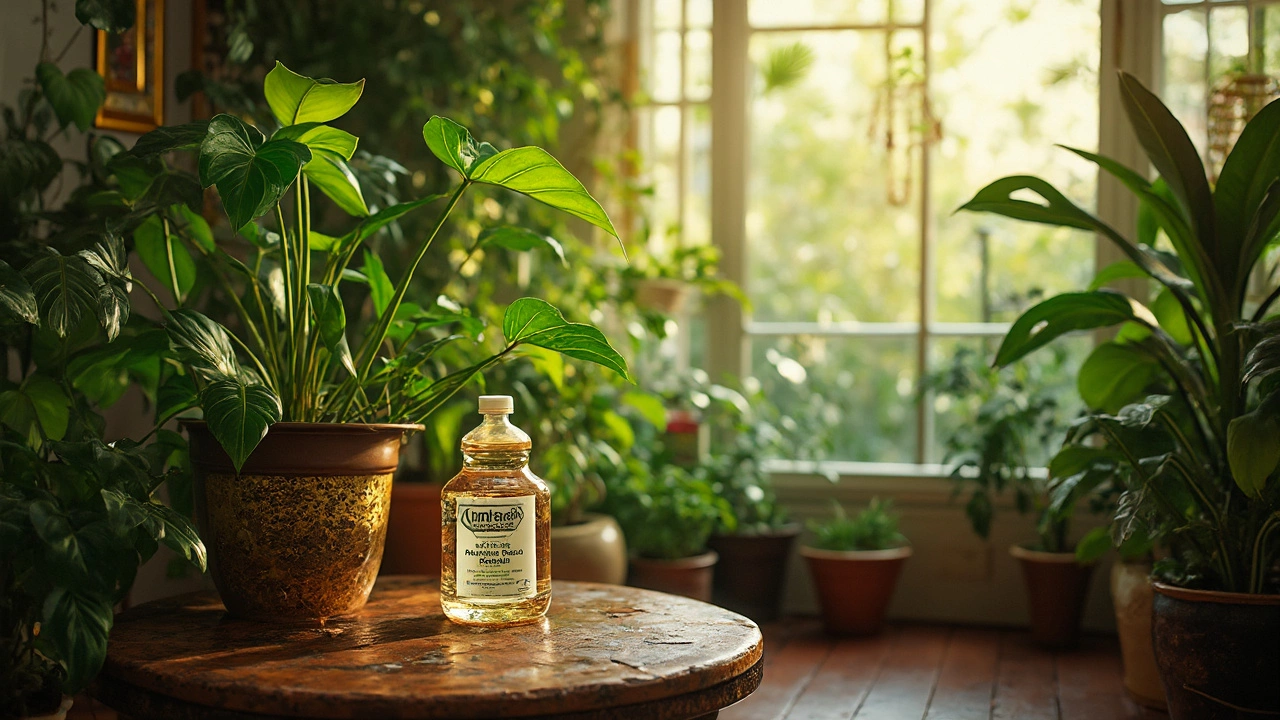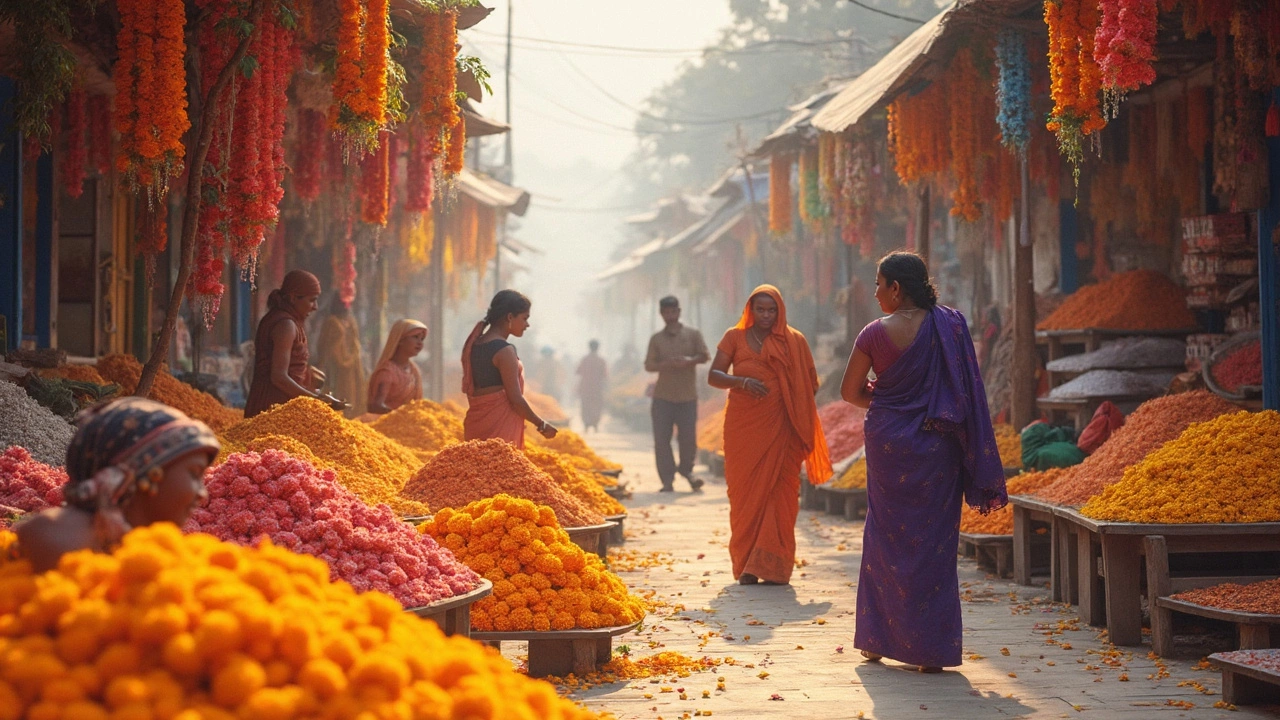Rose Facts: Essential Insights, Care Tips & Market Trends
Understanding rose facts gives you a solid base for growing, buying, or simply admiring this iconic bloom. When you look at rose facts, clear, practical information about rose varieties, cultural history, and horticultural needs. Also known as rose information, it helps gardeners, designers, and market analysts make smarter choices.
Roses belong to the genus Rosa and are a type of flowering shrub that thrives in temperate climates. Indian flower market, the commercial hub where roses are sold for weddings, festivals, and export fuels a huge demand for specific varieties, especially hybrid teas and floribundas. This market influence means growers often prioritize disease‑resistant strains and long‑lasting stems, which directly shapes breeding programs.
Soil, Water & Practical Growing Tips
Good garden soil, well‑draining, slightly acidic earth rich in organic matter is the foundation of healthy roses. Aim for a pH between 6.0 and 6.5, and mix in compost or aged manure before planting. Proper soil structure encourages deep root growth, which in turn improves drought tolerance and nutrient uptake.
Watering is another critical factor. Roses need consistent moisture, especially during the first few weeks after planting, but they dislike soggy roots. The recommended approach is deep, infrequent watering—about one inch of water per week—using a drip system or soaker hose to keep foliage dry and reduce fungal risk. Mulching around the base helps retain moisture, regulate temperature, and suppress weeds.
Pruning, fertilizing, and pest management round out the care routine. Prune in early spring to remove dead wood and shape the plant, which promotes fresh growth and better air circulation. Use a balanced rose fertilizer every 4‑6 weeks during the growing season, and keep an eye out for common pests like aphids, spider mites, and Japanese beetles. Early detection and organic controls, such as neem oil or insecticidal soap, keep infestations manageable.
Beyond the garden, rose facts intersect with cultural and economic stories. In India, roses are a staple for religious ceremonies, festive decorations, and the lucrative wedding industry, driving a steady export flow to the Middle East and Europe. This demand pushes growers to adopt modern techniques—like high‑density planting and greenhouse production—to meet market volume while maintaining quality.
Whether you’re a home gardener looking for a burst of color, a small‑scale farmer eyeing profitable crops, or just a curious reader, the collection below offers detailed guides on watering schedules, soil preparation, pest control, and market dynamics. Dive in to find the specific advice you need to grow healthier roses and understand the forces shaping their popularity today.
King of Flowers in India: The Rose and Its Majestic Story
Ever wondered which flower is known as the king of flowers in India? This article uncovers why the rose holds this celebrated title, digging into its cultural meaning and gardening tips. You'll get facts most people miss, like the real reasons roses are prized across the country. We'll cover different rose varieties suited for Indian gardens and the best ways to grow healthy blooms year-round. Whether you're a hobbyist or just curious, there's something practical for you here.
- manufacturing
- India
- food processing
- garden tips
- rice cultivation
- government schemes
- balcony garden
- urban gardening
- balcony gardening
- profitable business
- business ideas
- plastic manufacturing
- drip irrigation
- plant care
- steel manufacturing
- sustainable gardening
- startup ideas
- steel industry
- flower gardening
- textile manufacturers






